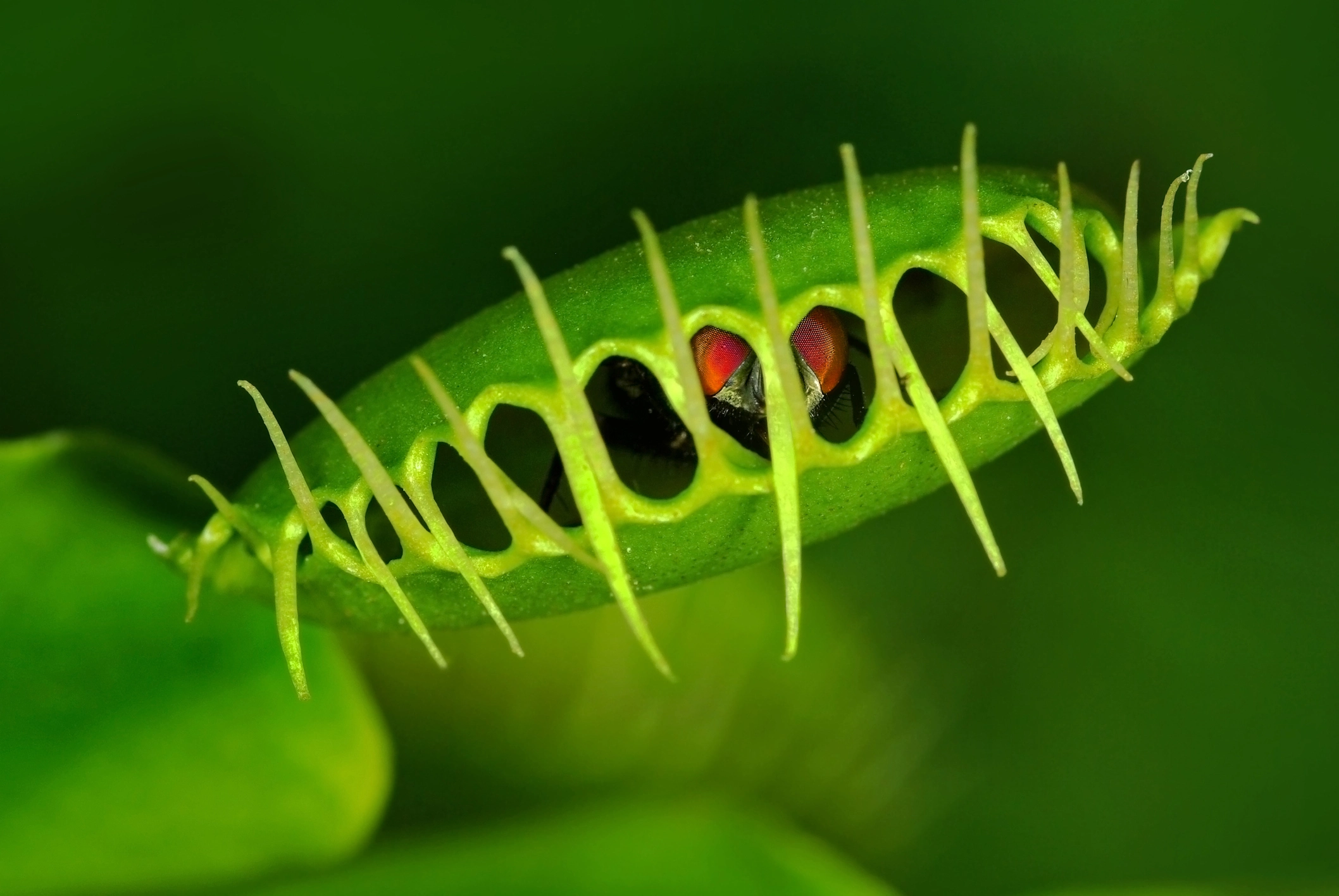By: Daniel Deng
In the realm of nature’s wonders, countless peculiarities capture our imagination. From the majestic sequoia trees to the minuscule weeds, the world of plants presents an astonishing array of adaptations. Among them, carnivorous plants stand out as intriguing and enigmatic species that have evolved unique mechanisms to capture and consume prey. But could a plant ever truly “eat” a person?
Carnivorous plants are a diverse group that has evolved in habitats with nutrient-poor soils. To supplement their nutritional needs, these remarkable plants have developed specialized adaptations to trap, digest, and absorb nutrients from small animals, typically insects. Common examples include the Venus flytrap, pitcher plants, and sundews. Their carnivorous behavior has captivated the attention of scientists and nature enthusiasts alike, prompting the question of whether they could pose a threat to larger organisms, such as humans. While the idea of a plant consuming a human may invoke images from science fiction, it remains highly improbable. The size, strength, and mobility of humans present formidable barriers for carnivorous plants to overcome. Most carnivorous plants have evolved to capture and digest small insects or invertebrates, adapting their structures and secreting enzymes optimized for breaking down this prey. The physical and physiological limitations of plants make it highly unlikely for them to target and consume creatures as large as humans.
Although the notion of a plant-eating a person may be quite far-fetched, interactions between carnivorous plants and humans can still be intriguing. Many enthusiasts and researchers cultivate carnivorous plants as a hobby or for scientific study. These captivating organisms serve as a source of inspiration. Sparking curiosity about the intricate web of life and the diversity of strategies plants deploy to survive in their environments. Their existence provides a window into the complexities of nature and the wonders of adaptation.
While the idea of a plant consuming a person may remain firmly in the realm of science fiction and imagination, the existence of carnivorous plants continues to fascinate us. These remarkable organisms have adapted to thrive in harsh environments and employ indigenous strategies to supplement their nutritional needs. Exploring the mysteries of carnivorous flora enriches our understanding of the natural world and reminds us of the astonishing diversity of life on Earth. So, while a plant devouring a person may remain confined to fantasy, the wonders of the botanical world continue to surprise and amaze us.











